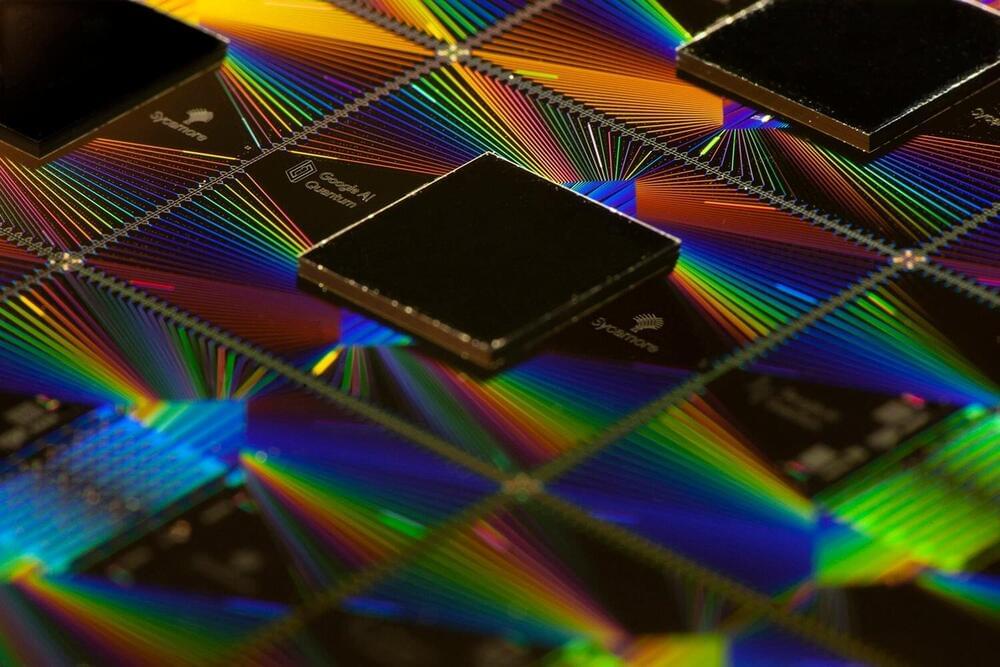If it sounds too good to be true, it probably is, right? Normally we’d say yes, but experts around the globe say nuclear fusion power, which holds the promise of clean and virtually limitless electricity, could be just around the corner. After nearly six decades with many promises but few results, new advancements may finally tip the scale, according to the Financial Times.
“Fusion is coming, faster than you expect,” Fusion Industry Association exec Andrew Holland told the publication.
There could be many benefits to nuclear fusion. Unlike nuclear fission it would create little waste and, as far as we know, could never result in an accident like Chernobyl. Insert a side-eye here for plans to dump radioactive water into Cape Cod Bay and the Pacific.






